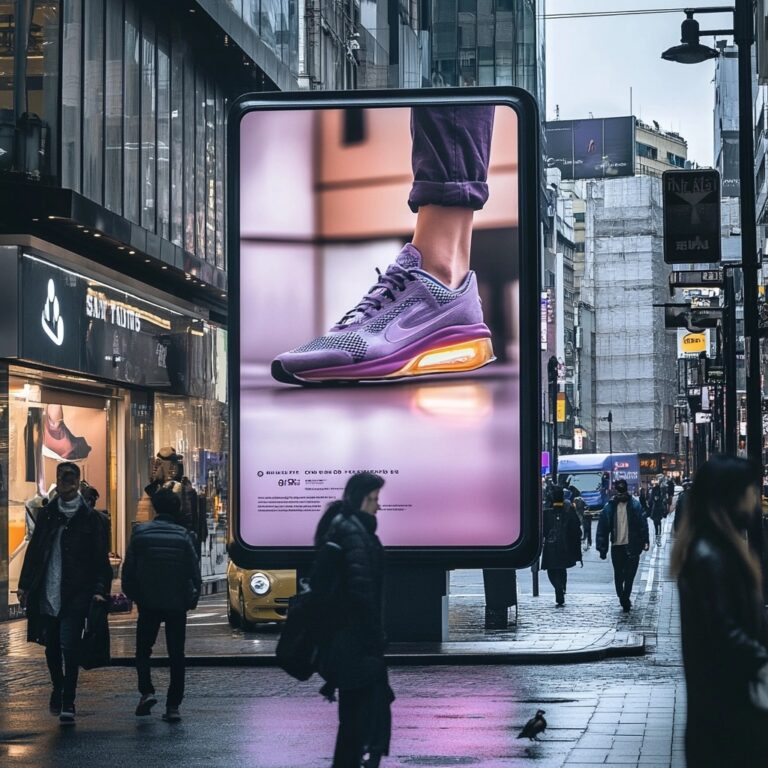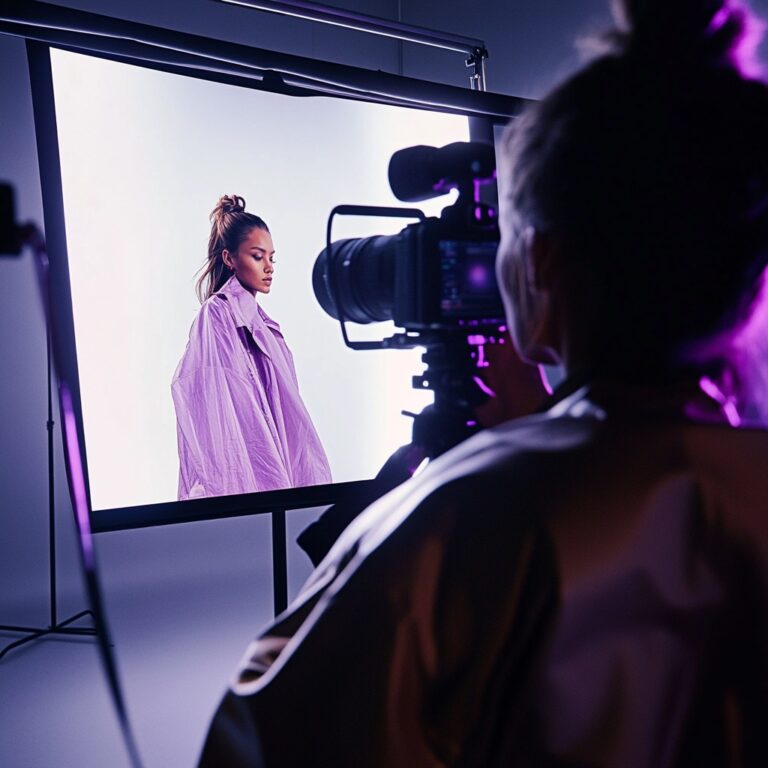The Future of D2C Fashion: Key Strategies Driving Growth and Innovation in 2025

In 2025, several transformative strategies are driving the way brands operate, expand, and engage with their audiences. From forging strategic partnerships to embracing incrementality testing and digital commerce, these methods are redefining the essence of modern fashion. Below, we discuss major techniques shaping the future of D2C fashion brands and how they are setting the stage for long-term success.
1. The Rise of Brand Collaborations
Collaboration is more than a buzzword—it’s a powerful strategy driving brand visibility and customer engagement. As Jarah Burke, Group Director, Fashion at Power Digital, highlighted, “Brand collaborations are a really big trend we’ll tend to see more of. Good examples include Stanley and LoveShackFancy or Stoney Clover Lane and Disney.” These partnerships enable brands to tap into new audiences while creating unique, limited-edition products that resonate with consumers.

Hanna Lane, Group Director, Fashion at Power Digital, added another layer to this discussion, noting the success of Post Malone’s collaboration with Hey Dude. “That was really successful,” she explained, “which shows how the right partnership can move the needle.” Expect more unexpected alliances in 2025 as brands experiment with cross-industry collaborations to stay relevant and innovative.

2. Category Expansion and Diversification
D2C brands are no longer confined to their original product categories. Category expansion is becoming a strategic move for growth. According to Burke, “We’re seeing examples like L’AGENCE launching into belts and Veronica Beard introducing handbags.” These moves allow brands to cater to their loyal customers while attracting new ones.
Lane pointed out the rapid sell-through of Hey Dude’s slippers. “The new product category allowed us to effectively re-engage existing customers,” she noted. This demonstrates the power of leveraging existing brand loyalty to launch successful new products.
3. Limited-Edition Drops
Limited-edition products create a sense of urgency and exclusivity. As Burke explained, “Limited-edition releases are a great way to drive direct-to-consumer sales.” These drops not only boost sales but also enhance brand desirability and customer loyalty.
Lane tied this tactic back to broader business goals, saying, “Exclusive, limited-edition products are a great way to drive .com sales, particularly when delineating priorities between sales channels.” This strategy aligns with the shifting focus of D2C brands toward establishing either a .com focus or a purchase-agnostic model that values all sales, whether .com or wholesale, the same.
4. Consumer Persona Insights
First party data powered customer insights are becoming a north star for growing brands. Lane observed, “Brands need to cater to their existing audience while identifying new expansion audiences. It’s all about knowing who your consumer is.”
Lane elaborated, saying, “We work with many brands that have a perception of their customer, or a desired customer, that doesn’t match who their customer actually is. This leads to misalignment between strategy and audience. For example, a brand may think their consumers shop for luxury when in reality they’re chasing deals.” This highlights the importance of deeply understanding first-party data-informed consumer personas to ground brand strategy and growth.
5. Embracing Digital and Social Commerce
Social commerce is no longer optional; it’s essential. Lane emphasized the growing influence of platforms like TikTok Shops, noting that some of our brands have experienced incremental 10%+ monthly revenue from incorporating the tactic. While Instagram Shops face challenges, platforms like TikTok and Pinterest are refining their features, making them key players in the D2C space.
The shift toward digital commerce extends to user-generated and employee-generated content. “User-generated content and influencer content are big,” Burke stated, highlighting their role in building trust and authenticity. These content strategies, combined with live selling on platforms like Amazon, are driving engagement and conversions. Not only do they work for driving revenue, but they also take the pressure off creative teams to produce the volume of content needed to succeed in today’s digital landscape.
6. Incrementality Testing and Strategic Budgeting
With marketing budgets under scrutiny, incrementality testing is gaining traction as a vital tool for ensuring efficiency and effectiveness in advertising spend. This approach allows brands to measure the true impact of their campaigns by isolating incremental results—the revenue and new customers that wouldn’t have occurred without the ad spend. By identifying what is truly driving growth, brands can refine their strategies to allocate resources where they will have the greatest impact.
“Incrementality testing helps brands hone in on persona and audience,” Burke explained. “It ensures that you’re spending your budget in a way that truly connects with your audience.” Beyond audience refinement, incrementality testing also helps brands optimize channel allocation, creative strategies, and timing. For example, testing can reveal whether a particular channel is adding value or simply cannibalizing sales from another. This level of insight is essential for making data-driven decisions, especially in an era of heightened budget constraints and rising media costs.
Additionally, the insights gained from incrementality testing can help brands balance short-term ROI goals with long-term brand-building objectives. By identifying which campaigns or channels deliver incremental growth, brands can confidently invest in strategies that foster sustainable success while avoiding wasted spend on tactics that fail to deliver measurable results. This testing methodology empowers businesses to take a strategic approach to budgeting, ensuring that every dollar spent is working as hard as possible to drive meaningful outcomes.
From Trends to Strategy: Turning Ideas into Action
While trends like brand collaborations, category expansion, and digital commerce highlight where the industry is headed, the true value lies in how these insights translate into actionable strategies. Recognizing a trend is just the beginning. The real challenge—and opportunity—comes in integrating these learnings into your unique business context. This is where partnering with an experienced agency like Power Digital can make all the difference.
Power Digital doesn’t just observe trends; we turn them into tailored strategies that drive measurable results. From leveraging data to refine your consumer personas to implementing cutting-edge social commerce initiatives, our team works alongside your brand to ensure every effort aligns with your overarching goals. Ready to learn more? Contact our team of experts today!
Our Editorial Standards
Reviewed for Accuracy
Every piece is fact-checked for precision.
Up-to-Date Research
We reflect the latest trends and insights.
Credible References
Backed by trusted industry sources.
Actionable & Insight-Driven
Strategic takeaways for real results.

















